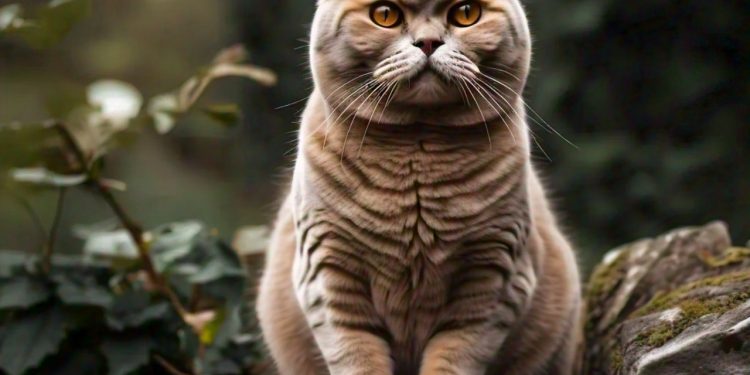Cats, with their playful antics and endearing behaviors, grow from tiny kittens into majestic, graceful adults. But when do they stop growing? Understanding the growth process of your feline companion is essential for ensuring their health and well-being. This article explores the various factors affecting a cat’s growth, typical timelines, and how you can support their development.
Understanding the Growth Stages of Cats
1. Neonatal Stage (0-2 Weeks)
During the first two weeks of life, kittens are entirely dependent on their mother. Their eyes and ears are closed, and they rely on touch and scent. Growth during this stage is rapid, with kittens doubling their birth weight within the first week.
2. Transitional Stage (2-4 Weeks)
At this stage, kittens start to open their eyes, their ears begin to function, and they start exploring their surroundings. Muscle development accelerates, and they become more active.
3. Socialization Stage (4-12 Weeks)
Between four and twelve weeks, kittens experience a growth spurt. They develop motor skills, socialize with their littermates, and transition from nursing to eating solid food. This period is critical for their behavioral and physical development.
4. Juvenile Stage (3-6 Months)
The juvenile stage marks the onset of independence. Kittens become more curious and playful. Growth continues steadily, and they lose their baby teeth, making way for adult ones.
5. Adolescence (6-12 Months)
Adolescence is marked by a slower growth rate as cats approach their adult size. By the end of this stage, many cats reach sexual maturity, although they may not have stopped growing entirely.
6. Adulthood (12-18 Months or Later)
Most cats stop growing by 12-18 months, but this can vary depending on the breed, genetics, and other factors. Larger breeds, such as Maine Coons, may continue growing until they are 3-4 years old.
Factors Affecting When Cats Stop Growing
1. Breed
Breed plays a significant role in a cat’s growth timeline:
- Small to Medium Breeds: Domestic shorthairs and Siamese cats often reach full size by 12-18 months.
- Large Breeds: Maine Coons and Ragdolls may not reach their full size until 3-4 years of age.
2. Genetics
A cat’s genetic makeup determines its size and growth rate. If the cat’s parents were large, it’s likely the offspring will also grow larger and take longer to reach full size.
3. Diet and Nutrition
Proper nutrition is essential for healthy growth. Malnutrition or an imbalanced diet during kittenhood can stunt growth or lead to developmental issues. High-quality kitten food rich in protein, fats, and essential nutrients supports optimal development.
4. Health
Health conditions, such as parasitic infections or chronic illnesses, can hinder growth. Regular veterinary checkups are vital to monitor a kitten’s health and ensure they are growing as expected.
5. Spaying and Neutering
Spaying or neutering can influence growth. Cats neutered before puberty (around 6 months) may grow slightly taller as the procedure delays the closure of growth plates in the bones.
How to Support Your Cat’s Growth
- Provide a Balanced Diet Feed your kitten a diet specifically formulated for growth. These diets are rich in essential nutrients that support bone development, muscle growth, and overall health.
- Regular Veterinary Care Schedule regular checkups to monitor your cat’s growth and address any health concerns promptly. Vaccinations and parasite control are also crucial.
- Encourage Physical Activity Playtime supports muscle development and helps kittens expend energy in a healthy way. Use interactive toys and encourage climbing and jumping.
- Socialization Socialization during the early months helps kittens develop into well-adjusted adults. Provide a safe and stimulating environment for exploration.
When Do Cats Reach Full Mental and Behavioral Maturity?
While physical growth typically halts by 12-18 months, mental and behavioral maturity can take longer. Some cats, particularly larger breeds, may exhibit kitten-like behaviors well into their second or third year. This includes playful antics, occasional clumsiness, and boundless curiosity.
Conclusion
Most cats stop growing physically between 12-18 months, but this varies based on breed, genetics, and health. Larger breeds like Maine Coons may take up to 4 years to reach full size. Supporting your cat’s growth with proper nutrition, veterinary care, and a stimulating environment ensures they grow into a healthy, happy adult.
Understanding your cat’s growth stages allows you to anticipate their needs and provide the best care throughout their life. With patience and love, your feline companion will thrive, bringing joy and companionship for years to come.



